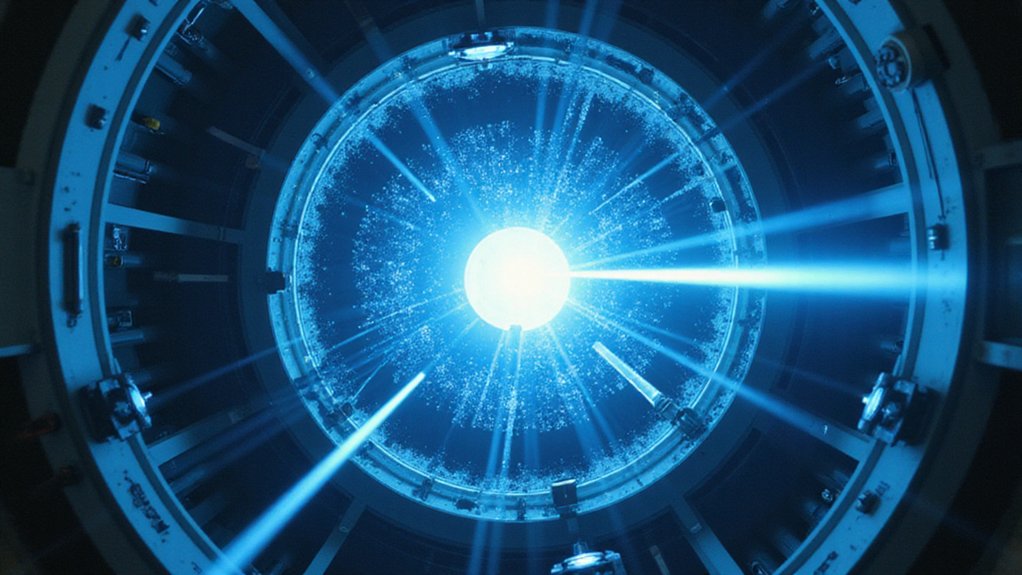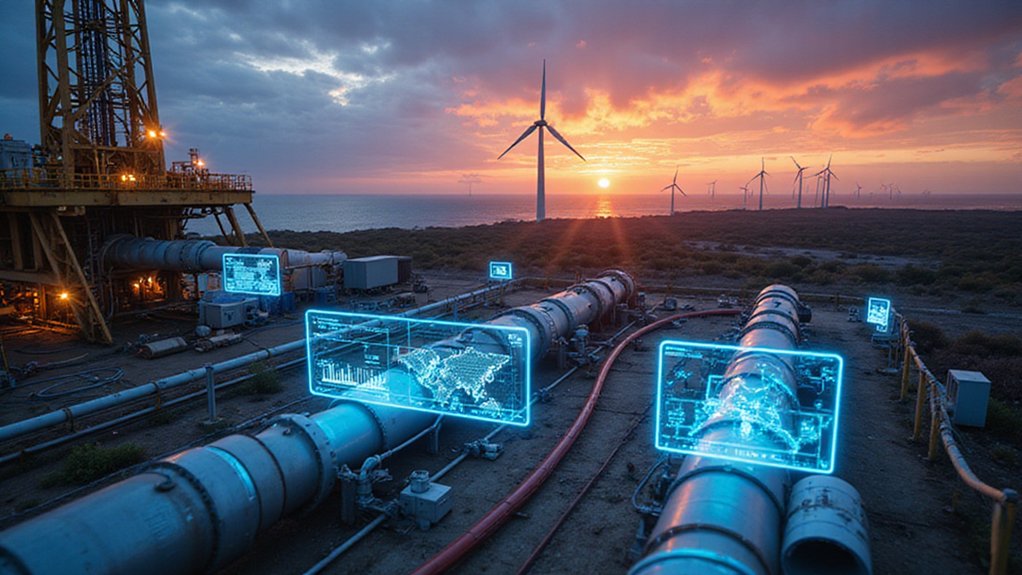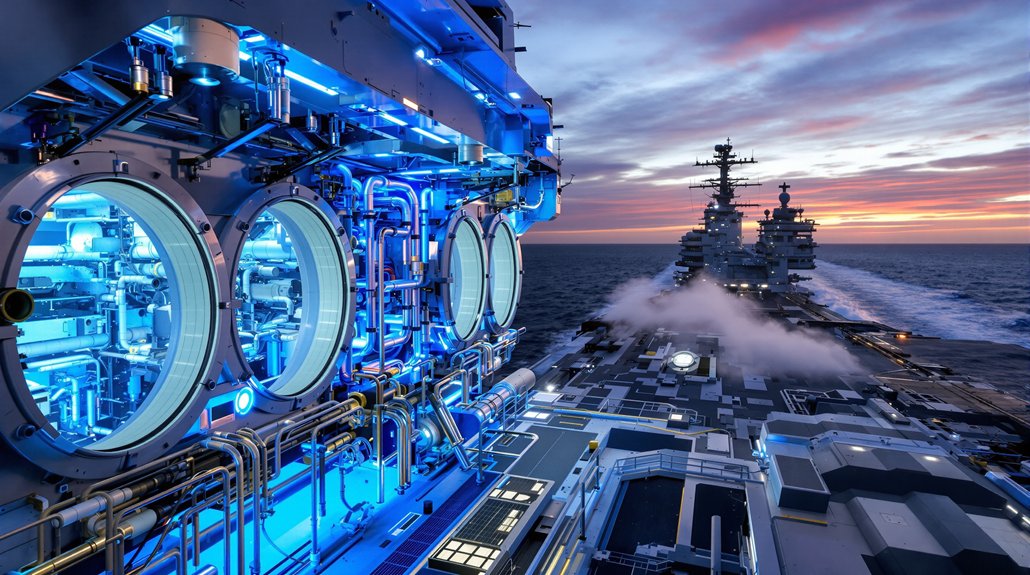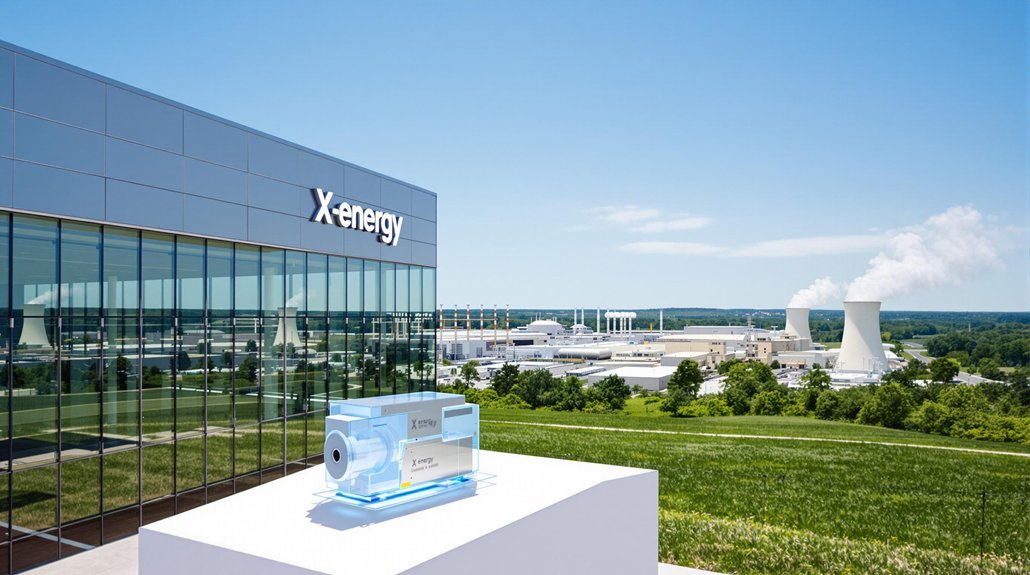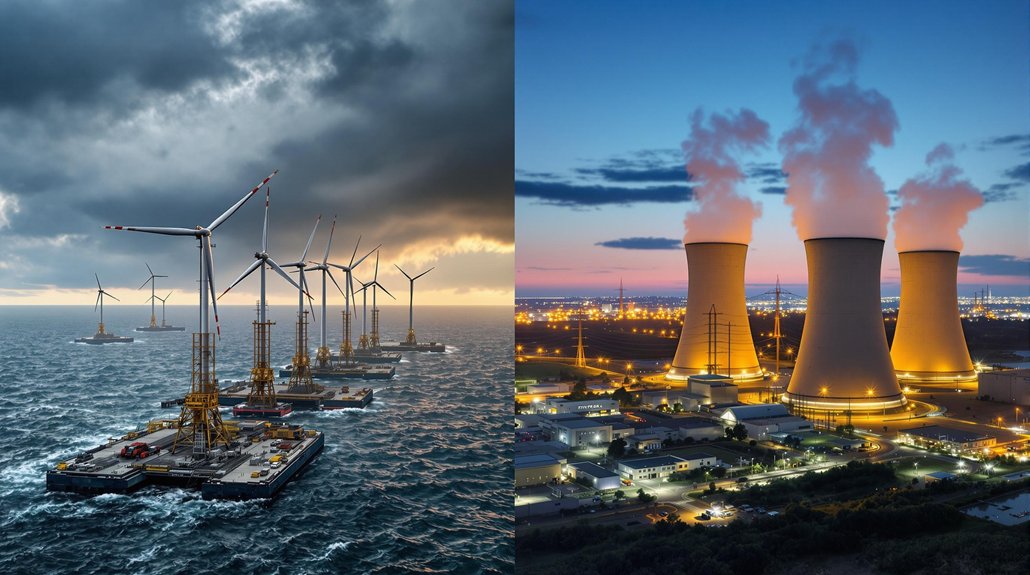Nuclear scientists and engineers around the world are racing to develop fusion energy, which could transform how we power our planet. In a historic breakthrough, American scientists have achieved what many considered impossible: creating more energy from a fusion reaction than was put in. This achievement at the National Ignition Facility marks the end of a decades-long quest to harness the same power that fuels our sun.
Unlike traditional nuclear power plants that split atoms through fission, fusion combines lightweight atoms to release enormous amounts of energy. One kilogram of fusion fuel produces as much energy as 10 million kilograms of fossil fuels. That’s also about four times more energy than nuclear fission per kilogram.
Fusion packs extraordinary power—just one kilogram delivers energy equivalent to 10 million kilograms of fossil fuels.
Fusion offers remarkable safety advantages over current energy sources. There’s no risk of meltdowns or runaway reactions because the process stops immediately if anything goes wrong. The fuel comes from common materials – deuterium can be extracted from ordinary water, while tritium is produced from lithium. Both are abundant on Earth and could power fusion plants for thousands of years.
The environmental benefits are equally impressive. Fusion produces no greenhouse gases or air pollution. Its only direct by-product is helium, an inert gas that’s harmless to the environment. Fusion requires heating gases to over 100 million degrees Celsius to create the plasma needed for the reaction. While the reactor components may become radioactive, they don’t create the long-lived radioactive waste associated with nuclear fission.
A commercial fusion power plant would need less than one tonne of fuel per year to generate one gigawatt of electricity – enough to power a large city. Fusion could provide reliable baseload power, complementing intermittent renewable sources like wind and solar. With global energy demand projected to triple by century’s end, fusion offers a sustainable solution to our growing energy needs. Bloomberg projects that fusion energy could eventually grow into a $40 trillion market, reshaping the global financial landscape.
Despite this breakthrough, challenges remain before fusion power becomes commercially viable. Scientists must still develop ways to sustain the reaction and build materials that can withstand the extreme conditions inside a fusion reactor.
But for the first time, we can see a clear path to a future where clean, abundant fusion energy helps solve our climate and energy challenges.
References
- https://www.iter.org/fusion-energy/advantages-fusion
- https://ccfe.ukaea.uk/fusion-energy/fusion-in-brief/
- https://energy.mit.edu/news/mit-study-shows-that-fusion-energy-could-play-a-major-role-in-the-global-response-to-climate-change/
- https://world-nuclear.org/information-library/current-and-future-generation/nuclear-fusion-power
- https://www.statista.com/topics/11811/nuclear-fusion/
